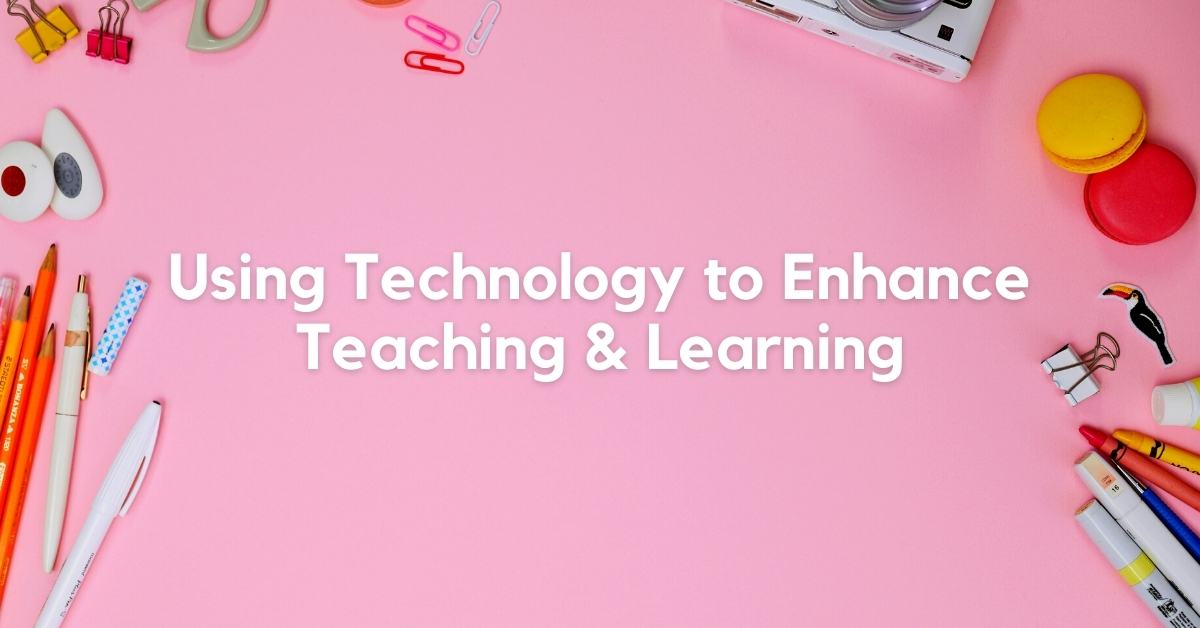Using Technology to Enhance Teaching & Learning
About 90 years ago, overhead projectors were first used to display images in classrooms. Decades later, Texas Instruments invented the portable calculator. The school began introducing Apple Macintosh computers into the school in the 1980s. At that time, there were 1 to 92 computers in the underground school.
Today, technology is standard in schools. Computers are so ubiquitous that in many classrooms, digital devices are replacing paper and pencils. Experts disagree on the use of technology in schools. They found that technology can profoundly change learning and teaching, creating opportunities for unprecedented cooperation, support, and participation. Making good use of technology is a skill that some educational programs, such as the inverse Laplace transform calculator, put at the forefront of the curriculum.
Computer
The computer can be used for the Internet, word processing, presentations, music development, educational games, etc. In an environment where each student has their computer or working with 2 or 3 students, more students actively participate and think than in an environment where teachers can be separated in a conference environment. Facts have proved that it has achieved wider success than traditional classes. It is more of the focus under the spotlight. Still, more of it is the moderator, asking individual students about their options and letting them participate in deeper conversations about the subject.
Presentation software
Sometimes it is helpful to provide visual aids to supplement the lesson, promote lessons or stimulate discussion outside the classroom. Tools designed for this, such as inverse Laplace calculator and PowerPoint, can be good or bad.
Class Answering System
One way to encourage students to participate is to use electronic devices or online calculators like inverse Laplace transform calculator to record their answers to multiple-choice questions and immediately view the results. Encourage participation anonymously, and your answers will help teachers know when to continue the discussion. The use of the clicker can also catalyze conversation.
Online projects and collaboration tools
Online Laplace inverse calculators can help students create new knowledge together, reflect on what they have learned, or work together to gain a deeper understanding of course materials.
Information visualization tools
The inverse Laplace transform calculator can also stimulate and clarify thinking by turning text into images. Here are some other tools that can help students think more critically by encouraging students to organize information intuitively.
Rotating Class
How to make full use of the classroom time with students? One way to take them to a higher level of understanding is to take lectures out of the classroom and use personal time for interactions that require application, synthesis, and creativity. Flip doesn’t have to use technology, but tools such as videos, podcasts, inverse Laplace transform calculators, and online quizzes can help you collaborate in and out of the classroom. These resources explain the theory behind this learning method and provide practical advice on how it works.
Podcasts
Whether it’s an upside-down classroom or a student’s resource, you can create a podcast to provide students with the information they need for initial learning or an overview. Online inverse Laplace transform calculator Technology can provide podcast instructions and offer you a podcasting kit.
Wiki and blog
· Allow students to publish their thoughts and stories and share them with friends and family.
· Promote online learning, not as fun as traditional learning.
· View students’ work and performance.
Convert face-to-face courses into online courses
Whether it is a blended course or a completely online course, online learning requires different methods and tools such as inverse Laplace transform calculator. If there is no F2F connection, teachers need to define and articulate expectations for digital work and interaction more clearly. Another challenge is establishing the interaction between teachers and students and between managing and monitoring students’ learning as the course progresses. And have a university learning management system. Various tools such as Skype can achieve synchronous communication, while blogs and Twitter can facilitate asynchronous communication.







One Comment